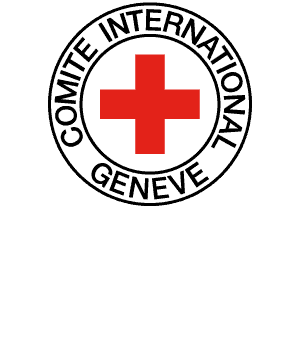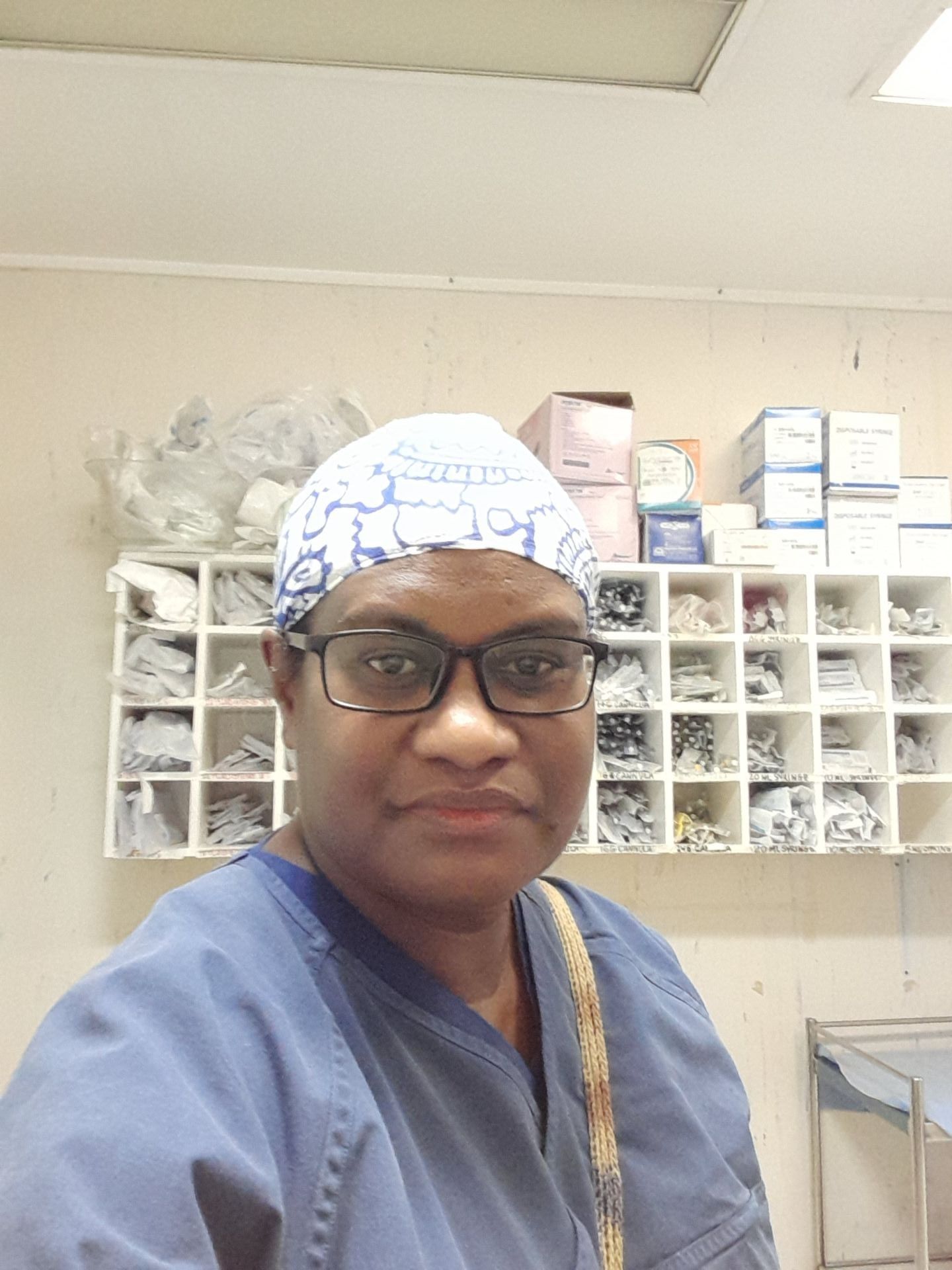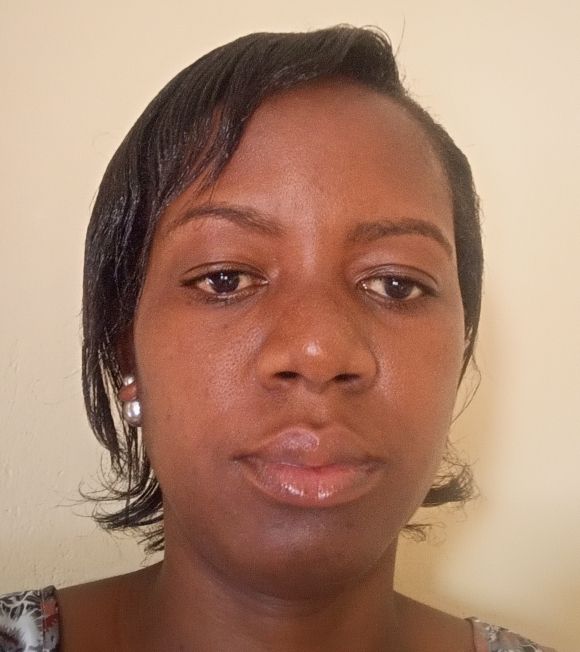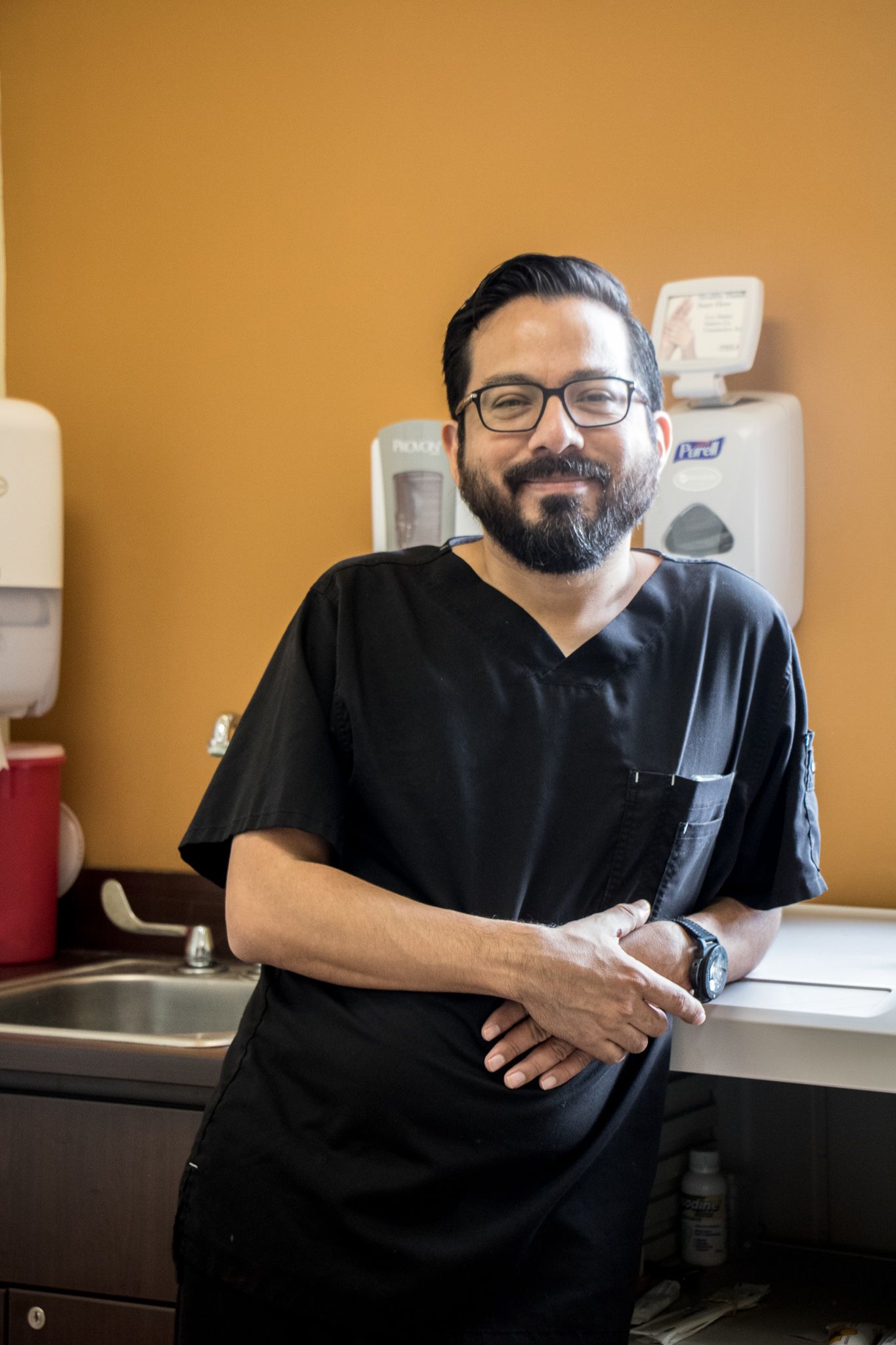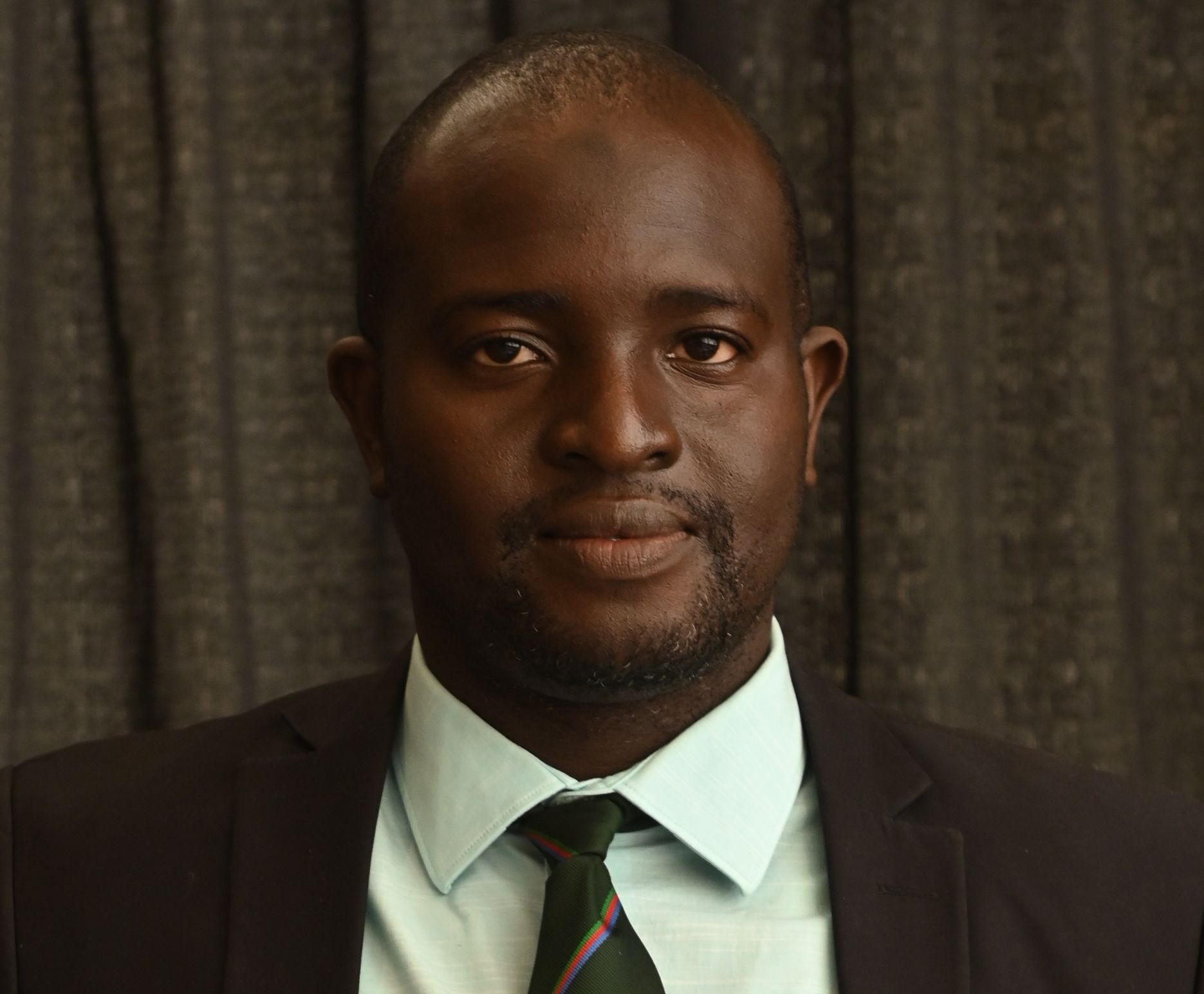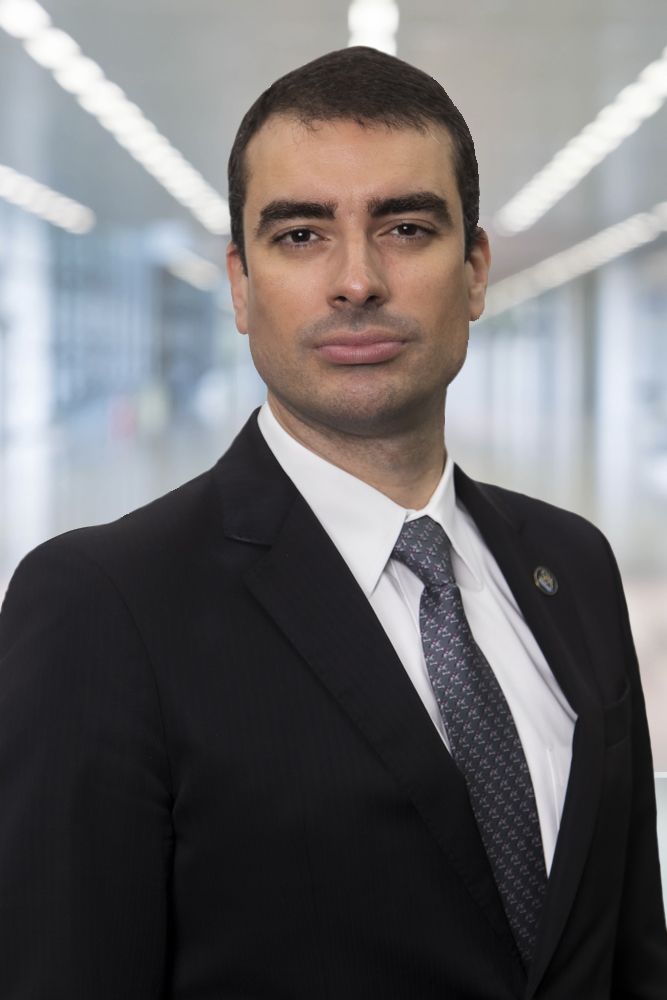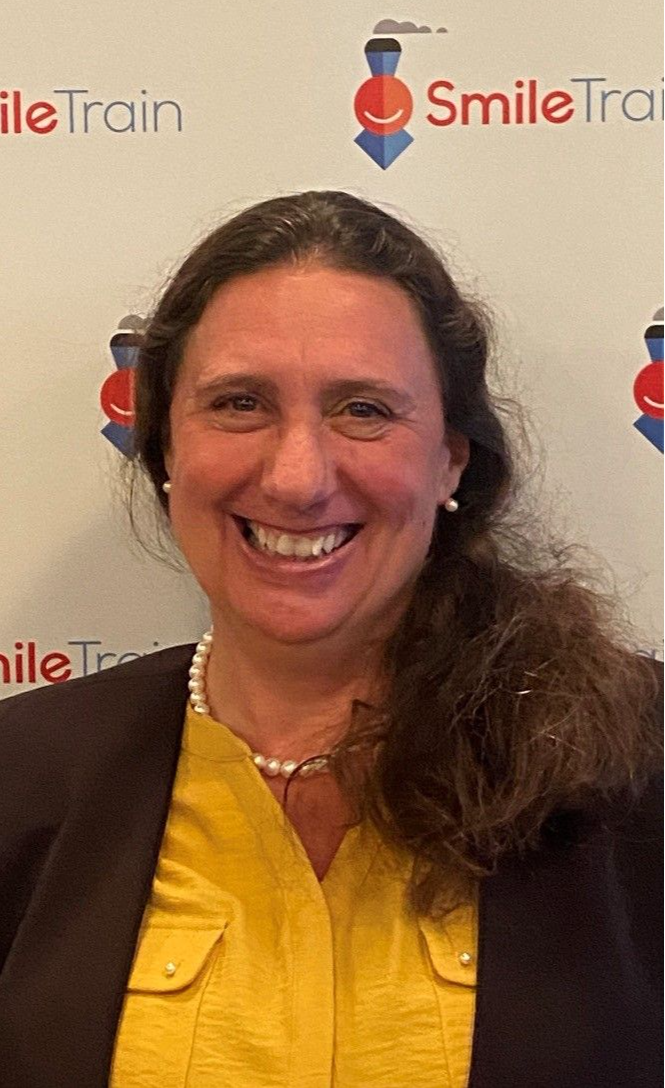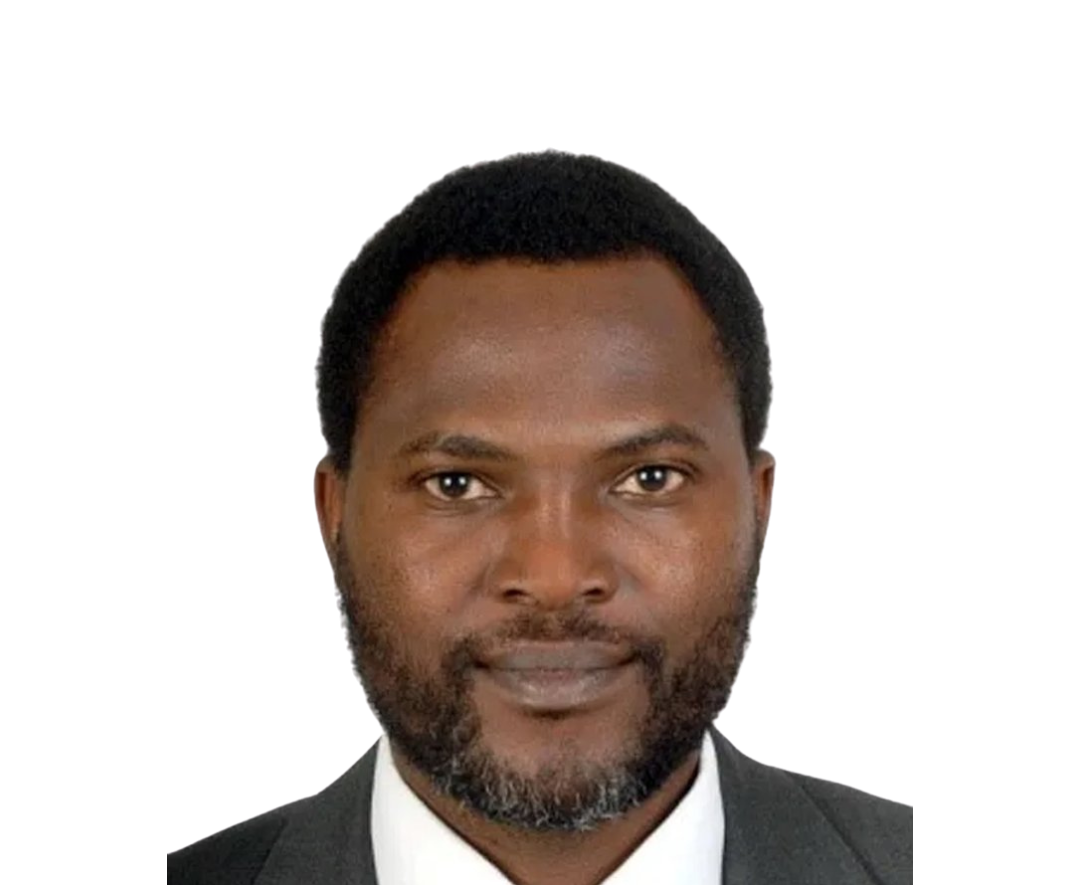
What's in this course?
This course enables multidisciplinary surgical teams to respond together to the daily situations encountered in surgical settings.
Surgery
War Surgery
Target Audience
This course has been specifically designed for early career surgeons in any specialty that may be confronted with dealing with weapon wounded patients in a conflict scenario. More experienced surgeons who have no or very limited experience of managing weapon wounded patients.
Varied activities
Lectures, Videos, Interactive Activities and Assessments
Duration
20 hours 40 minutes
Level
Basic
Discuss with others
Participate in the course discussion, share your thoughts and ask questions.
Context of the Course
Whilst there is no clear definition of exactly what defines ‘war surgery’, ICRC has been at the forefront of managing patients injured in conflict for over a century and a half.
However, the context in which we work and the epidemiology of injuries has evolved, and we must adapt to this evolution, if we are to provide the necessary care, to achieve optimal outcomes for those patients injured in conflict, and reduce complications and long-term disability.
However, the context in which we work and the epidemiology of injuries has evolved, and we must adapt to this evolution, if we are to provide the necessary care, to achieve optimal outcomes for those patients injured in conflict, and reduce complications and long-term disability.
We must go beyond life and limb saving emergency front line surgery towards a comprehensive integrated patient-centred approach that focuses on the five pillars of resuscitation, repair, reconstruction, rehabilitation and reintegration.
Learning Objectives
By the end of this training programme, you will be able to:
- Adapt the professional practice and knowledge to the humanitarian and contexts with limited resources, to provide quality surgical care to the wounded and sick.
- Provide safe surgery for weapon-wounded patients in the context of limited resources of armed conflict and other situations of violence in different contexts.
- Implement a comprehensive, integrated and patient-centred approach to the management of weapon wound patients.
- Collaborate with multidisciplinary teams and strengthen technical and interpersonal skills.
Learning Path
The Fundamentals of War Surgery has been developed as a flexible, blended course with a compulsory eLearning format followed by an interactive and participatory face to face programme.
It has been designed with common core components that are relevant to surgeons, anaesthetists and nurses, as well as specific components which address the particular needs of each specialty within the surgical team.
The online activities are composed of the following modules:
For the surgery specific online learning, selected modules of the Military Clinical Readiness Curriculum are recommended reading. This curriculum, produced by the American College of Surgeons (ACS) and the Uniformed Services University of the Health Sciences (USU) is available with an open access on their website. It is a free resource and although developed with military surgeons in mind, the core clinical principles of weapon wounded management described in the curriculum are in accordance with ICRC teachings. The reader’s attention is drawn to the fact that the patient care approaches described in the curriculum reflect standards of care of a well-resourced military trauma system and certain resources such as evacuation to higher echelons, airlift medevac, serial debridement, etc may not be applicable in limited resources settings. However, the basic surgical science and knowledge remains the same and bulk of the surgical practices described in the curriculum are applicable in any scenario and context.
It has been designed with common core components that are relevant to surgeons, anaesthetists and nurses, as well as specific components which address the particular needs of each specialty within the surgical team.
The online activities are composed of the following modules:
- Introduction to the International Red Cross and Red Crescent Movement and the ICRC
- International Humanitarian Law
- Violence Against Healthcare and the Health Care in Danger Initiative
- Conflicts and Civilian Trauma: The Differences
- Surgical Teams: Non-technical Skills
- Ballistics: Bullets and Fragments
- Ballistics: Explosions and Blasts
- Burns in Conflict
- Damage Control Resuscitation (DCR)
- Mass Casualty Incidents
- Introduction to Chemical, Biological, Radiological and Nuclear Materials & HAZardous MATerial
- Nutrition for Hospitalised Patients: Nutritional Care for Adult and Paediatric Patients
- Early Rehabilitation within Hospital Setting
For the surgery specific online learning, selected modules of the Military Clinical Readiness Curriculum are recommended reading. This curriculum, produced by the American College of Surgeons (ACS) and the Uniformed Services University of the Health Sciences (USU) is available with an open access on their website. It is a free resource and although developed with military surgeons in mind, the core clinical principles of weapon wounded management described in the curriculum are in accordance with ICRC teachings. The reader’s attention is drawn to the fact that the patient care approaches described in the curriculum reflect standards of care of a well-resourced military trauma system and certain resources such as evacuation to higher echelons, airlift medevac, serial debridement, etc may not be applicable in limited resources settings. However, the basic surgical science and knowledge remains the same and bulk of the surgical practices described in the curriculum are applicable in any scenario and context.
The curriculum is exhaustive, and the following modules of the curriculum are recommended for the purpose of Fundamentals of War Surgery reading.
Wounds, Amputations and Fractures
- Management of war wounds
- Compartment syndrome and Fasciotomy
- Amputation
- Burn care
- Management of High Bilateral Amputations
- Extremity Trauma: Hands and Feet
Torso Trauma
- Pelvic Fracture Care
- Blunt Abdominal Trauma
- Damage Control Surgery
- Thoracic trauma
- Wartime vascular Surgery
Focal Point
For any content related enquiries, please contact the ICRC focal point of the training Rahul
Shankar Koti, Chief
Surgeon, at rkoti@icrc.org.
This course is provided by the International Committee of the Red Cross
The International Committee of the Red Cross (ICRC) is an impartial, neutral and independent organization whose mandate under the Geneva Conventions is to provide humanitarian assistance to people affected by armed conflict and other violence and promote the laws that protect victims of war.
The ICRC’s Health Unit plays a crucial role in providing medical assistance in conflict zones and areas affected by violence. Our teams work to meet the health needs of people affected by conflict and other violence by providing quality health care that is people-centric and follows an integrated public health and continuum of care approach with the aim of preventing and alleviating suffering and protecting life and dignity.
Explore Courses by the ICRC
Course Content
Download our mobile app!
Join the biggest online learning community in global surgery, powered by the United Nations Institute for Training and Research and the Global Surgery Foundation.
Write your awesome label here.

